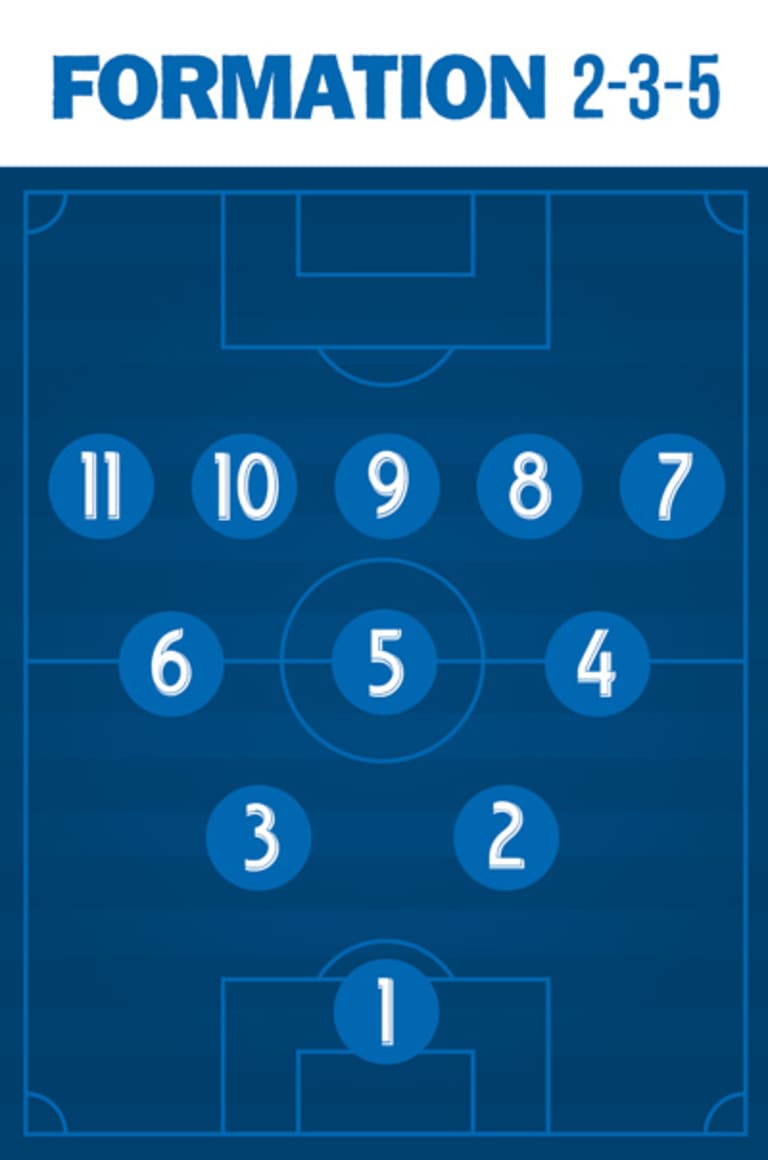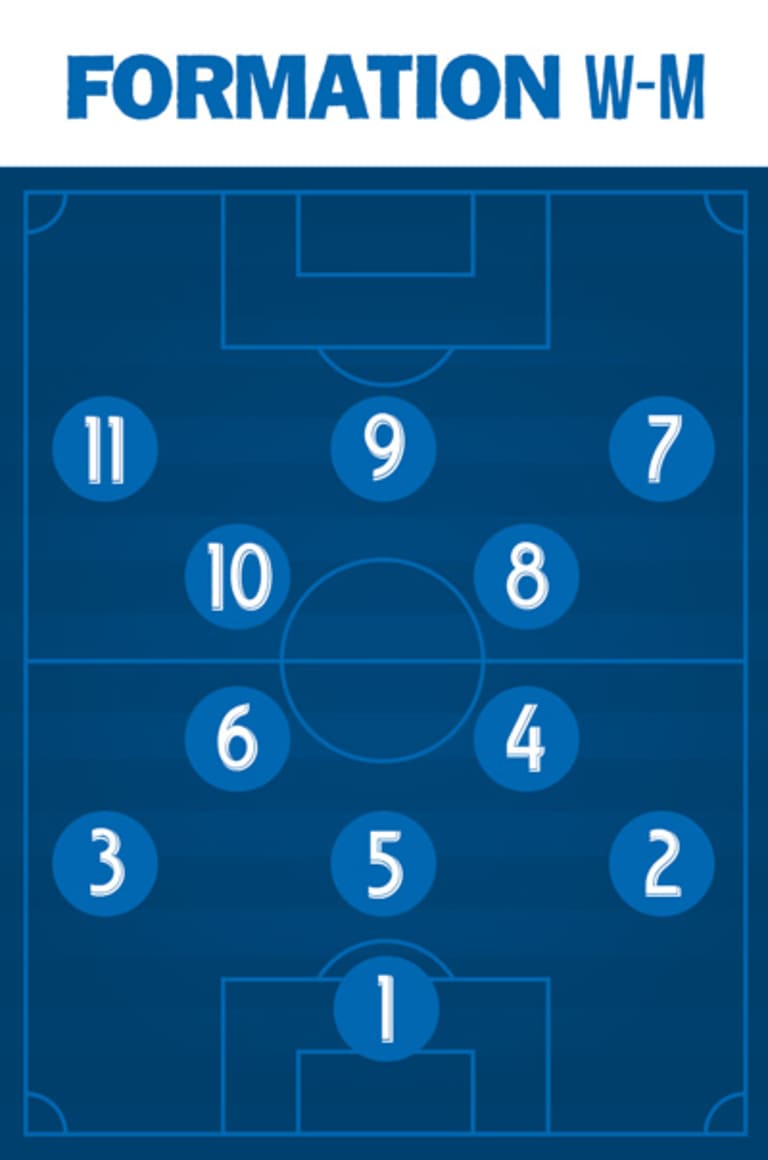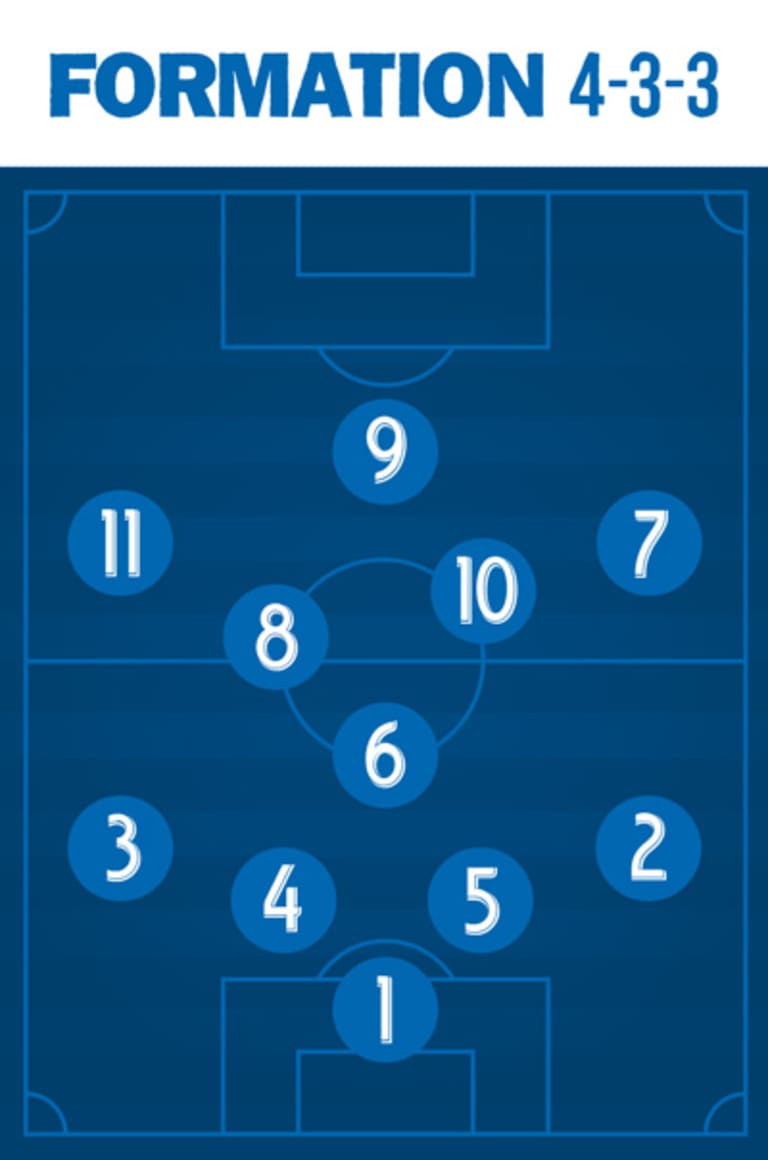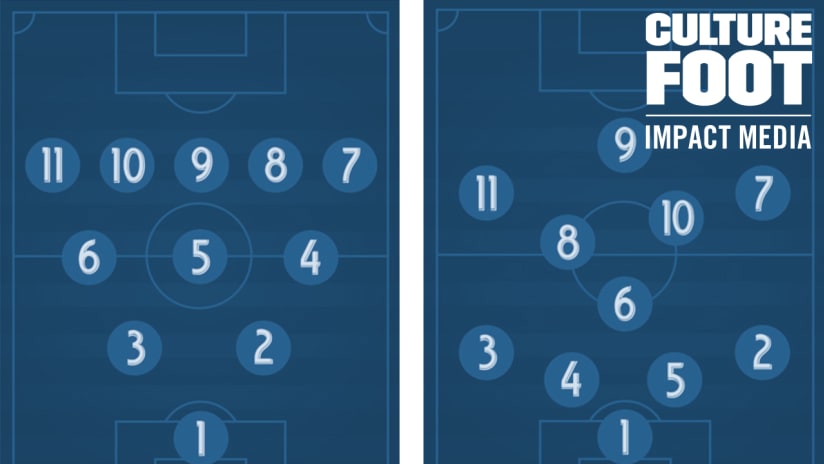On a soccer field, it is rare to cross a shirt with a higher number than 30. With a maximum of around 25 players (28 in MLS to be precise), it is not really necessary, nor necessarily well considered to wear a 90 like Joé Juneau or a 92 like Sam Etcheverry. In fact, there are historical reasons behind a player’s choice for his jersey number. Discover these reasons with this edition of your football culture, focussed on numbers and positions.
The history behind the numbers behind the jerseys
While many European nations are figuratively fighting over who invented the sport, one thing is for sure: the first recorded use of numbers in the back of the shirts was in North America. During the US Open Cup final in 1924, St. Louis Vesper Buick lost 4-2 against Fall River Marksmen, but not before entering the history books through small white squares with numbers sown on the players’ jerseys.
In Europe, England is the pioneer in this domain. On August 25, 1928, Arsenal faces The Wednesday (now Sheffield Wednesday) and Chelsea play against Swansea Town (lately Swansea City). Both London clubs put shiny little numbers on their shirts, four years after their American counterparts.
The tactics behind the numbers
At that time, the laws of the game were very different – naturally, so were tactics. Before 1925, the offside rule stated that the third defender (including the goalkeeper) marked the line you could not cross before the pass. The result: teams did not field a lot of defenders, preferring many forwards to break this constraint. The 2-3-5 formation was thus predominant among most clubs.

1925 marks a revolution in the football world. The offside rule becomes the one we now all know and understand (right?): the defending team’s penultimate player now represents the offside line. This change allows managers to bring a couple of forwards back in the midfield; it is the start of the W-M formation, a derivative of a 3-4-3.

The numbers and positions as we know them today

#1 – Goalkeeper
No surprises here. The starting goalkeeper has the privilege to wear the first number. Surprisingly, some outfield players have worn the #1, including Edgar Davids when he was finishing his career with Barnet.
#2 – Right-back
Typically, the #2 is a defenseman jersey number, especially for full-backs. In sequence, it was given to the right-back.
#3 – Left-back
In the same way, the #3 goes to the left-back.
#4 – Centre-back
In a four-man defense, #4 is usually worn by the left centre-back.
#5 – Centre-back
The #5 is also typically on the back of a central defender, the one on the right of the pair.
#6 – Defensive midfielder
At the heart of the midfield, the #6 patrols the front of the central defence. His role is more defensive and definitely crucial: he blocks the passing lanes in the centre, he presses the ball carrier, he marks the forward dropping in midfield and he tackles dribblers in the middle. Thus, his biggest responsibility is to win the ball back for his team.
#7 – Right winger
The lucky 7 is on the right side, on the wing. He runs past defenders, he cuts inside, he dribbles, he crosses. He often is a quick (right, Dom Oduro?) and/or technical player.
#8 – Box-to-box midfielder
He is often qualified as the metronome: this midfielder links the defense and the forward line, but also changes the tempo of the passing. The #8 distributes the ball, finds space between the lines, slows down or accelerates; he dictates the rhythm of the game. He has great endurance, superior vision and passing quality and good ball control.
#9 – Forward/striker
He is the one who can change everything with one touch of the ball. The #9 is the fox in the box, the finisher, the defenders’ nightmare. Even though many profiles for forwards exist, two characteristics are common: a precise shot and an ability to free themselves.
#10 – Attacking midfielder
The maestro. The conductor. The #10 is the team’s playmaker. He organizes the attack, he unbalances the defense, he creates chances with the stroke of a brush – sorry, of a foot. His technique is flawless, his awareness superb, his creativity artistic.
#11 – Left winger
On the left side, the #11 has an attacking role, as crucial as the one #7 has. Technical, quick, creative, he has to be able to win his one-on-one battles, to offer runs behind the defense and to cross.
NB: This is a general guide for numbers and positions. According to the formation, the tactics and the various profiles, positions can change. Impact Media is not responsible for exceptions to this rule.





